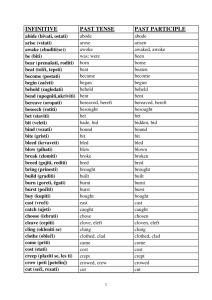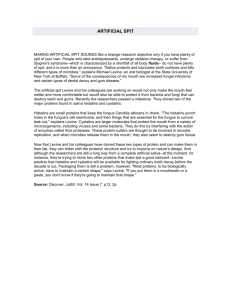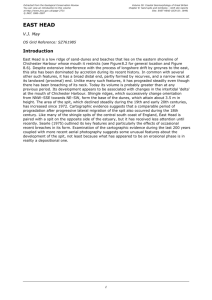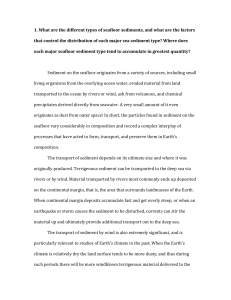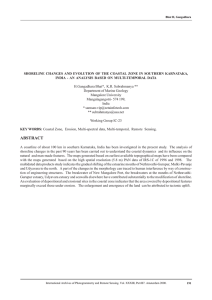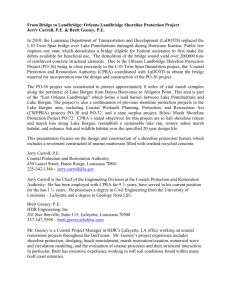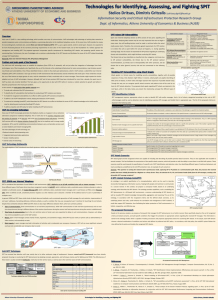Abstract
advertisement
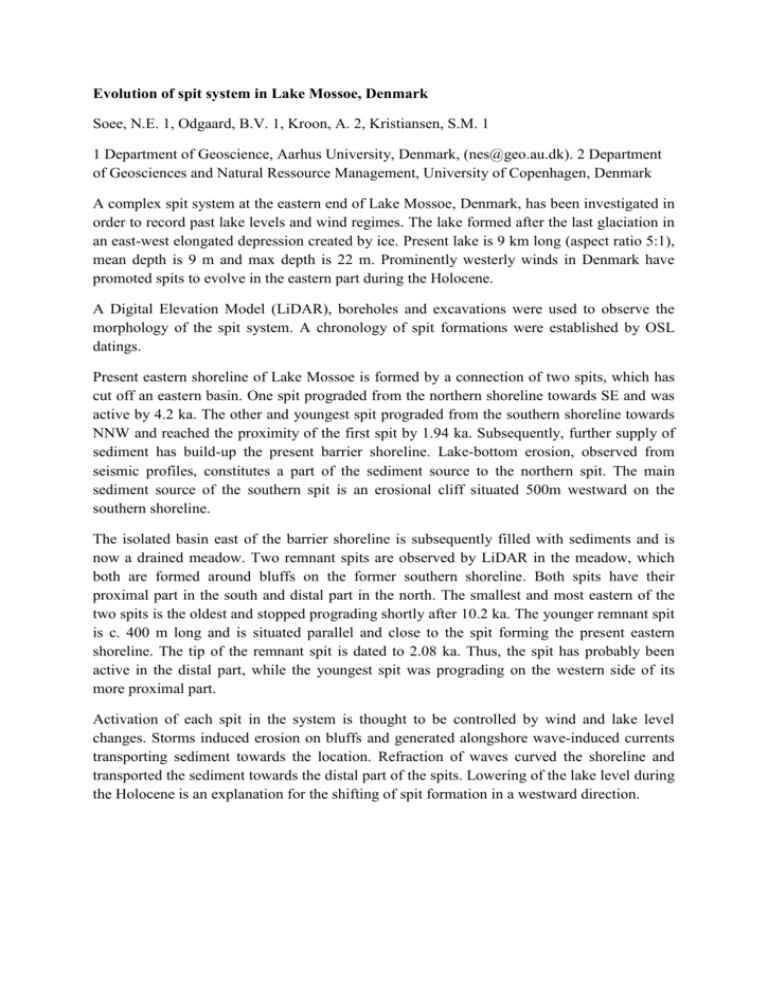
Evolution of spit system in Lake Mossoe, Denmark Soee, N.E. 1, Odgaard, B.V. 1, Kroon, A. 2, Kristiansen, S.M. 1 1 Department of Geoscience, Aarhus University, Denmark, (nes@geo.au.dk). 2 Department of Geosciences and Natural Ressource Management, University of Copenhagen, Denmark A complex spit system at the eastern end of Lake Mossoe, Denmark, has been investigated in order to record past lake levels and wind regimes. The lake formed after the last glaciation in an east-west elongated depression created by ice. Present lake is 9 km long (aspect ratio 5:1), mean depth is 9 m and max depth is 22 m. Prominently westerly winds in Denmark have promoted spits to evolve in the eastern part during the Holocene. A Digital Elevation Model (LiDAR), boreholes and excavations were used to observe the morphology of the spit system. A chronology of spit formations were established by OSL datings. Present eastern shoreline of Lake Mossoe is formed by a connection of two spits, which has cut off an eastern basin. One spit prograded from the northern shoreline towards SE and was active by 4.2 ka. The other and youngest spit prograded from the southern shoreline towards NNW and reached the proximity of the first spit by 1.94 ka. Subsequently, further supply of sediment has build-up the present barrier shoreline. Lake-bottom erosion, observed from seismic profiles, constitutes a part of the sediment source to the northern spit. The main sediment source of the southern spit is an erosional cliff situated 500m westward on the southern shoreline. The isolated basin east of the barrier shoreline is subsequently filled with sediments and is now a drained meadow. Two remnant spits are observed by LiDAR in the meadow, which both are formed around bluffs on the former southern shoreline. Both spits have their proximal part in the south and distal part in the north. The smallest and most eastern of the two spits is the oldest and stopped prograding shortly after 10.2 ka. The younger remnant spit is c. 400 m long and is situated parallel and close to the spit forming the present eastern shoreline. The tip of the remnant spit is dated to 2.08 ka. Thus, the spit has probably been active in the distal part, while the youngest spit was prograding on the western side of its more proximal part. Activation of each spit in the system is thought to be controlled by wind and lake level changes. Storms induced erosion on bluffs and generated alongshore wave-induced currents transporting sediment towards the location. Refraction of waves curved the shoreline and transported the sediment towards the distal part of the spits. Lowering of the lake level during the Holocene is an explanation for the shifting of spit formation in a westward direction.


